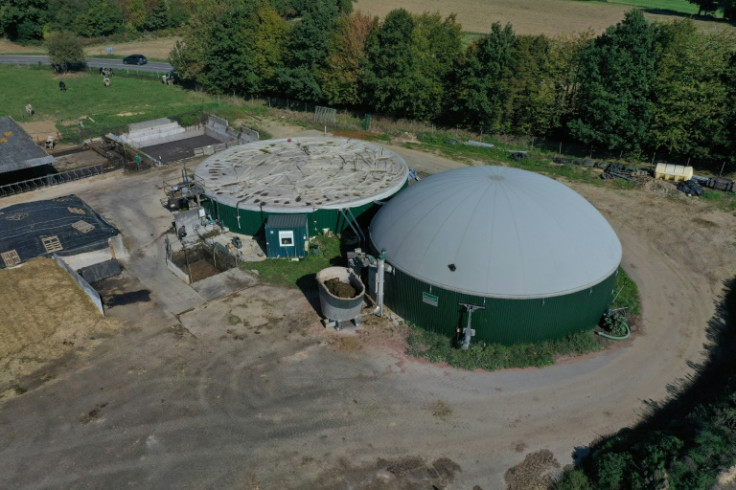Biogas Could Help India Replace Natural Gas And Achieve Decarbonization Goals: Think Tank

Biogas is poised to play an important role in India's renewable energy portfolio and could help the country replace natural gas, reduce its dependence on fossil fuels and ensure energy security.
By replacing natural gas with biogas and biomethane and gradually increasing their consumption to 20%, India can cut its liquefied natural gas (LNG) import bills by $29 billion between the fiscal years 2025 and 2030, according to a report from the think tank Institute for Energy Economics and Financial Analysis (IEEFA).
The Indian government, which aims to reach reaching net-zero emissions by 2070, has a renewed interest in biofuels and biogas and has introduced several policy changes to accelerate growth and investments in the sector.
A multi-pronged approach to increase the use of biogas could help India solve issues like waste management, reduce greenhouse gas emissions and increase renewable energy production, IEEFA said in a statement to International Business Times.
Moreover, compressed biogas (CBG) can directly replace compressed natural gas (CNG), it added.
"Biogas can substitute natural gas or other fossil fuels with high emissions. Removing carbon dioxide and other impurities like hydrogen sulfide can also upgrade its methane content to 90%, making it equivalent to natural gas in calorific value," said Purva Jain, the report's author and an energy analyst at IEEFA.
"This upgraded biogas, also known as biomethane, is a pipeline-ready gas and can be injected into the gas grids as a non-fossil gas," she added. "By undertaking the right production processes and plugging methane leakages in the production, upgradation and supply stages, biogas can offer India a cleaner alternative to its dependence on imported natural gas."
Biogas still has not gained enough prominence in India despite its benefits, and one of the reasons for this is the lack of incentives, the IEEFA report said. Obtaining clearances and permissions for setting up projects is also a complicated process in India, thus hindering biogas from reaching its full potential.
India's government recently began providing support and financial assistance to players in the sector.
"The government is showing clear intent to develop the biogas sector but it needs to do more. It needs to encourage increased investments and private participation in the sector. It can increase the market viability of CBG and biogas slurry, ensure increased financial access for developing biogas plants and encourage feedstock mapping to ensure the availability of inputs," Jain said.
A key point to be considered regarding biofuels is the possibility of indirect land use changes. If increased use of biofuels involves the conversation of land, such as forests and wetlands, into agricultural land, it could cause land use changes that risk negating the greenhouse gas savings from the biofuels. This is because grasslands and forests typically absorb high levels of carbon dioxide; hence, converting them into agricultural land could increase levels of atmospheric cardon dioxide.
At the G20 summit in September, India launched a global biofuel alliance, touting it as one of its top priorities.
India, along with the U.S. and Brazil — the world's biggest and second-biggest biofuels producers, respectively — will work on the development of a global biofuels alliance, Indians' Ministry of Petroleum and Natural Gas said. Singapore, Argentina, South Africa and the United Arab Emirates (UAE) are also among the alliance's 19 member countries.
"This alliance will be aimed at facilitating cooperation and intensifying the use of sustainable biofuels, including in the transportation sector," the ministry said in a statement. "It will place emphasis on strengthening markets, facilitating global biofuels trade, development of concrete policy lesson-sharing and provision of technical support for national biofuels programs worldwide."
© Copyright IBTimes 2024. All rights reserved.





















